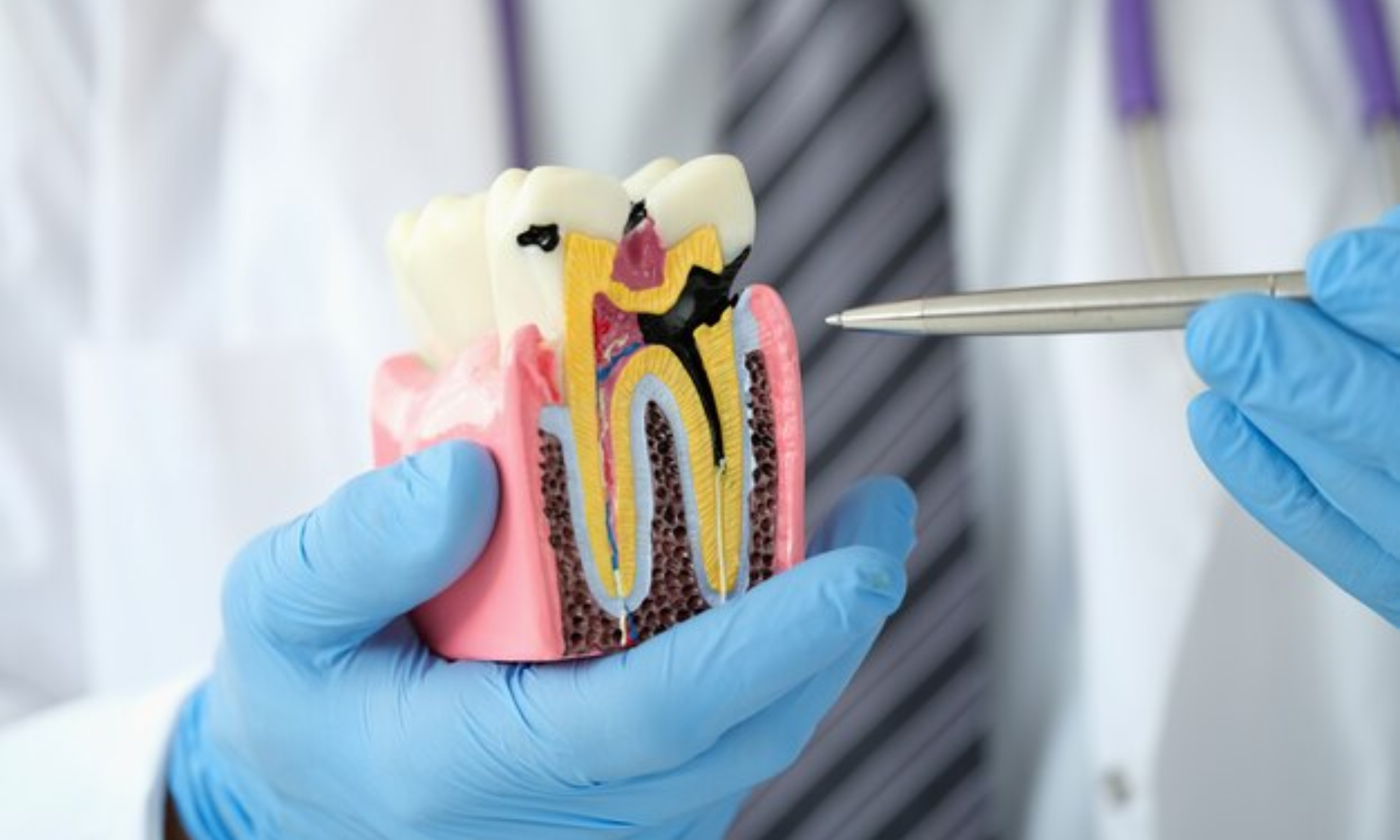We are not a registered Medicare/Medicaid Provider
Is Root Canal Treatment Painful?

Root canal treatment often evokes fear and anxiety in many people due to the misconception that it’s an excruciatingly painful procedure. However, advancements in dental technology and techniques have transformed root canal therapy into a relatively comfortable and pain-free experience. In this article, we’ll delve into the reality of root canal treatment, dispelling common myths and providing insight into what to expect during the procedure.
Understanding Root Canal Treatment:
Root canal treatment, also known as endodontic therapy, is a dental procedure performed to save a severely infected or damaged tooth. It involves removing the infected pulp tissue from the inside of the tooth, cleaning and disinfecting the root canals, and then sealing them to prevent further infection.

Myth #1: Root Canal Treatment Is Painful:
One of the most prevalent myths surrounding root canal treatment is that it’s an agonizingly painful procedure. This misconception often stems from outdated information and past experiences before modern advancements in dentistry.
Reality:
Contrary to popular belief, root canal treatment is not inherently painful. In fact, the primary objective of the procedure is to alleviate the pain caused by an infected or abscessed tooth. With the use of local anesthesia, patients typically experience minimal discomfort during the procedure.
The dentist or endodontist will administer local anesthesia to numb the tooth and surrounding tissues before initiating the root canal treatment. This ensures that the patient remains comfortable throughout the procedure, feeling little to no pain.
Additionally, advancements in dental technology, such as rotary instruments and digital imaging, have made root canal treatment more efficient and precise, further reducing discomfort for patients.
Myth #2: Root Canal Treatment Requires Multiple Visits:
Another misconception surrounding root canal treatment is that it requires multiple visits to the dentist, prolonging the discomfort and inconvenience for the patient.
Reality:
While some cases may require more than one visit to complete the root canal treatment, many procedures can be accomplished in a single visit, particularly with advancements in dental technology and techniques. The dentist will assess the severity of the infection and the complexity of the case to determine the most appropriate treatment plan.
In cases where multiple visits are necessary, the initial appointment will focus on removing the infected pulp and cleaning the root canals, while subsequent visits may involve additional cleaning, disinfection, and sealing of the canals.
Myth #3: Root Canal Treatment Is Not Effective:
There is a misconception among some individuals that root canal treatment is not effective and that it’s better to have the tooth extracted.
Reality:
Root canal treatment is highly effective in saving infected or damaged teeth and restoring oral health. By removing the infected pulp and sealing the root canals, the dentist can eliminate the source of the infection and prevent it from spreading further.
Extraction may seem like a quicker and easier solution, but it often leads to additional dental problems and the need for tooth replacement options, such as dental implants or bridges. Root canal treatment allows patients to preserve their natural teeth, which is always the preferred option whenever possible.
Post-Treatment Care:
After root canal treatment, it’s essential to follow the dentist’s instructions for post-treatment care to ensure optimal healing and success of the procedure. This may include avoiding hard or crunchy foods, practicing good oral hygiene, and attending follow-up appointments as recommended.
Root canal treatment is a commonly misunderstood dental procedure that is often associated with pain and discomfort. However, modern advancements in dentistry have made root canal therapy a relatively pain-free and effective solution for saving infected or damaged teeth.
By debunking common myths surrounding root canal treatment and understanding the reality of the procedure, patients can approach it with confidence and ease. If you’re experiencing tooth pain or suspect you may need a root canal, don’t hesitate to consult with a qualified dentist or endodontist to discuss your options and alleviate any concerns you may have. Your oral health is worth it!

